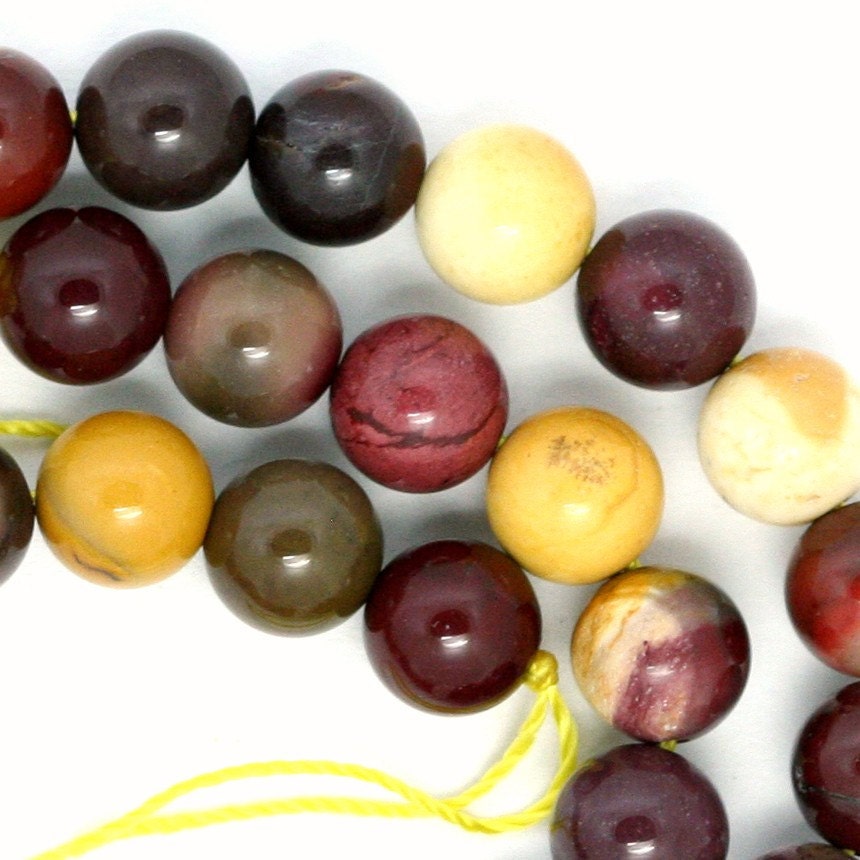
Mookite Beads from A Bead Sea
Mookaite is a kind of jasper, which is itself a subcategory of the larger chalcedony category. (Protip: you pronounce chalcedony "kal-SID-nee," with a hard "k" sound and the emphasis on the second syllable.) Like agates, rhodonite, and amethyst, chalcedonies are silicates, composed primarily of silicon dioxide. Chalcedony is both the name of a species of minerals (of which members include the jaspers, the agates, onyx, sard, bloodstone, etc) and the name of a specific kind of mineral, a light blue and gray stone that resembles Blue Lace Agate.
Scientists put jaspers in their own grouping within the chalcedony family on account of their very grainy structure (as opposed to the agates, which are more fibrous in nature). Mookaite is a specific variety of jasper found only in Australia. The name derives from the place where it was first discovered: near Mooka Creek in western Australia. "Mooka," in turn, is an Aboriginal word for "running water." It's no surprise, then, that the sediments in mookite contain bits of aquatic life (even small fossils!), on an itty-bitty, microscopic and fragmented level.
Mookaite comes in a variety of warm, rich colors, ranging from a mustard yellow to mauve to brown to a pale kind of salmon. It's very easy to spot mookite and very difficult to confuse it with any other gemstone. The unique coloration of mookaite is due to iron and iron oxide inclusions (in the form of hematite and Goethite, mainly).
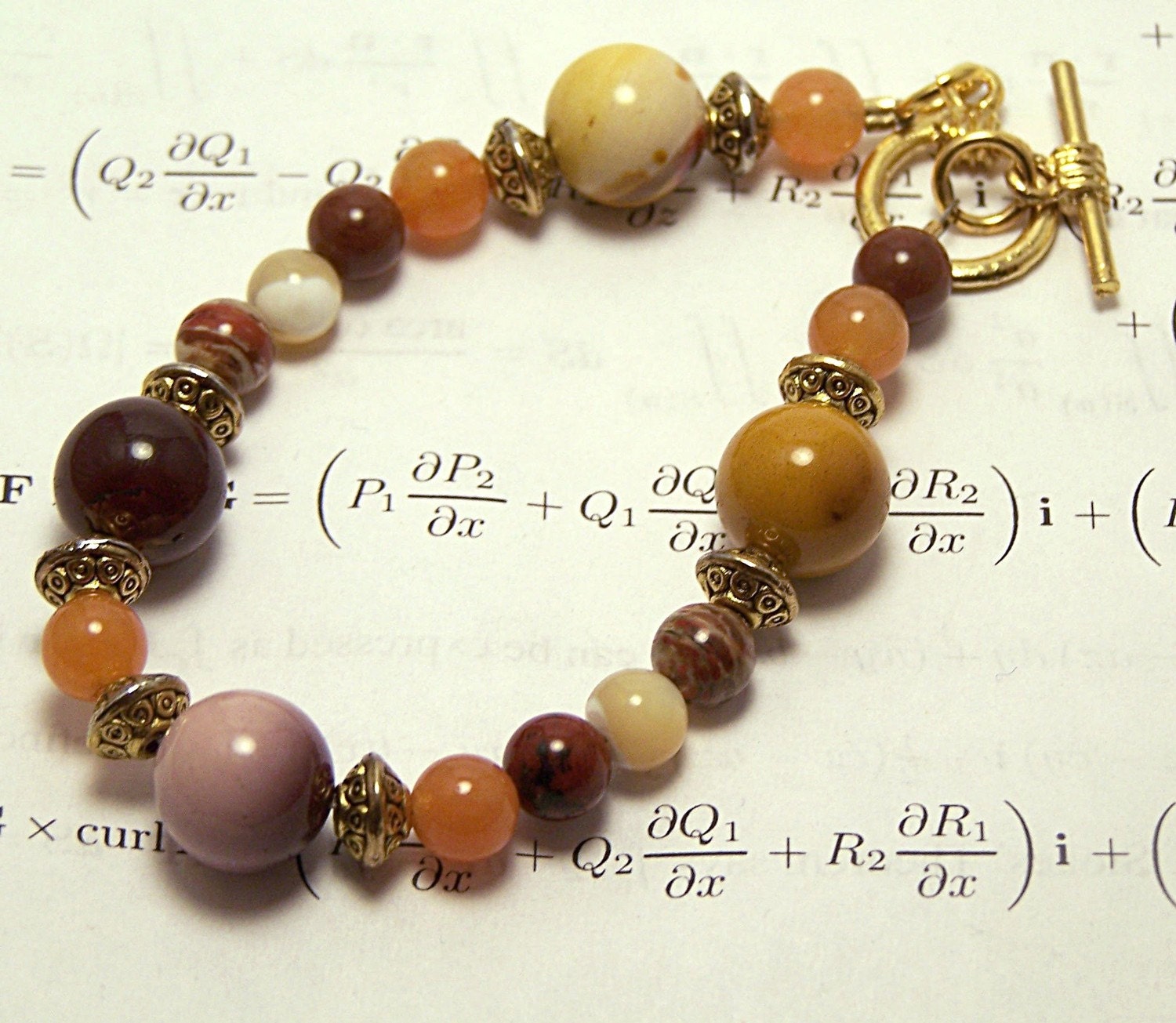
Root 2 Bracelet, with large mookite beads
You can see images of an actual mookaite mining operation at Outback Mining. There's also loads of neat stuff on Etsy, too:
'Mookaite' by Kokoba
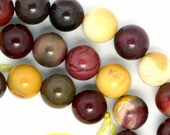 | 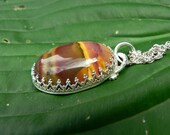 | 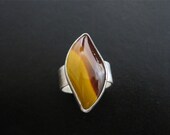 |
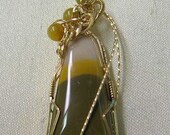 |  | 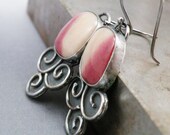 |
 |  | 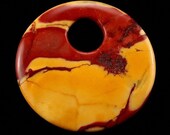 |
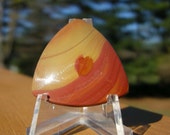 |  | 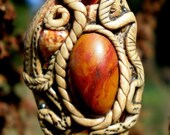 |
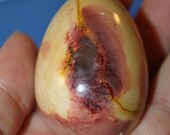 |  | 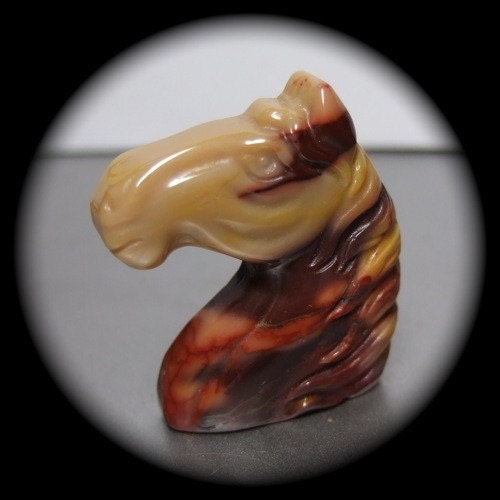 |
Generated using Treasury HTML code generator by Whale Shark Websites.

No comments:
Post a Comment